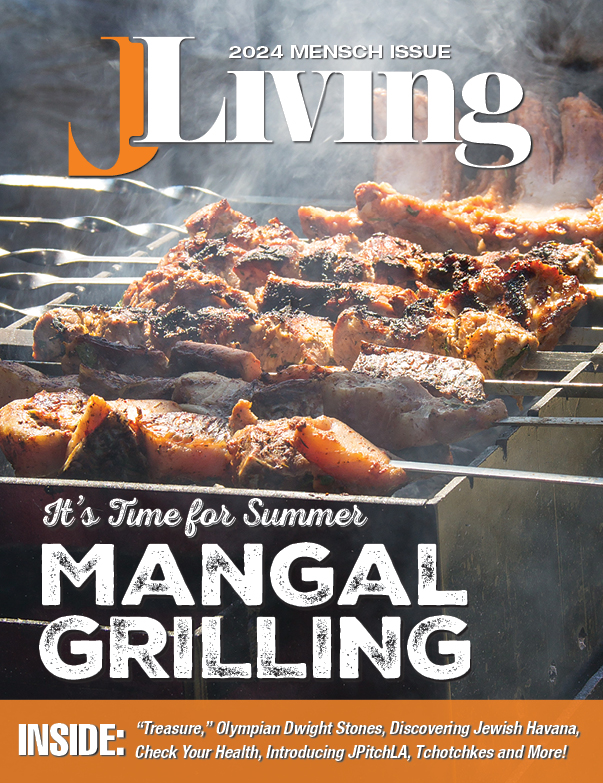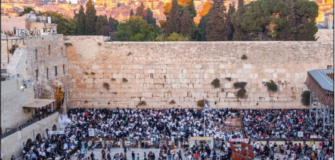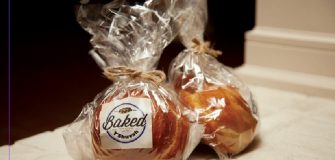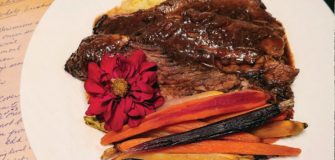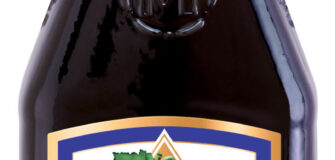Manishewitz’s Makeover
A fresh look for a beloved brand
By Jacqueline Weiss
The same Manischewitz you’ve known and loved since 1888 has a new look for 2024. Two years in the making and just in time for Passover, Manischewitz is introducing a bold refresh of the brand, which has been a staple in kitchens for over 130 years.
“The moment you see the brand, it’s going to be very recognizable and warm – the colors really represent the warmth of our food,” says Shani Seidman, Chief Marketing Officer for Kayco, the parent company of Manischewitz.

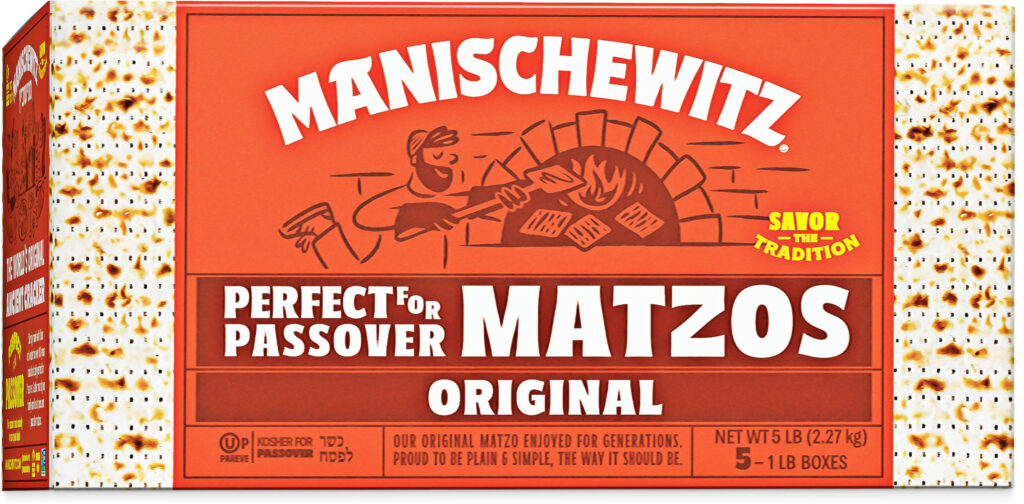
“It has a familiar feeling, but also a new feeling, which is what we were striving for, and I think we hit a perfect balance. It’s all about comfort food, nostalgia and inclusivity, and you can see that,” she adds.
The brand previously debuted a mini refresh in 2019, but this time it’s about even more than just packaging – it focused on continuing the tradition and legacy that’s been built upon since 1888. “It’s really meant to invite others to our table now. at is the shift, as opposed to just refreshing a box. It’s redesigning and reimagining what the brand can be,” Seidman says.

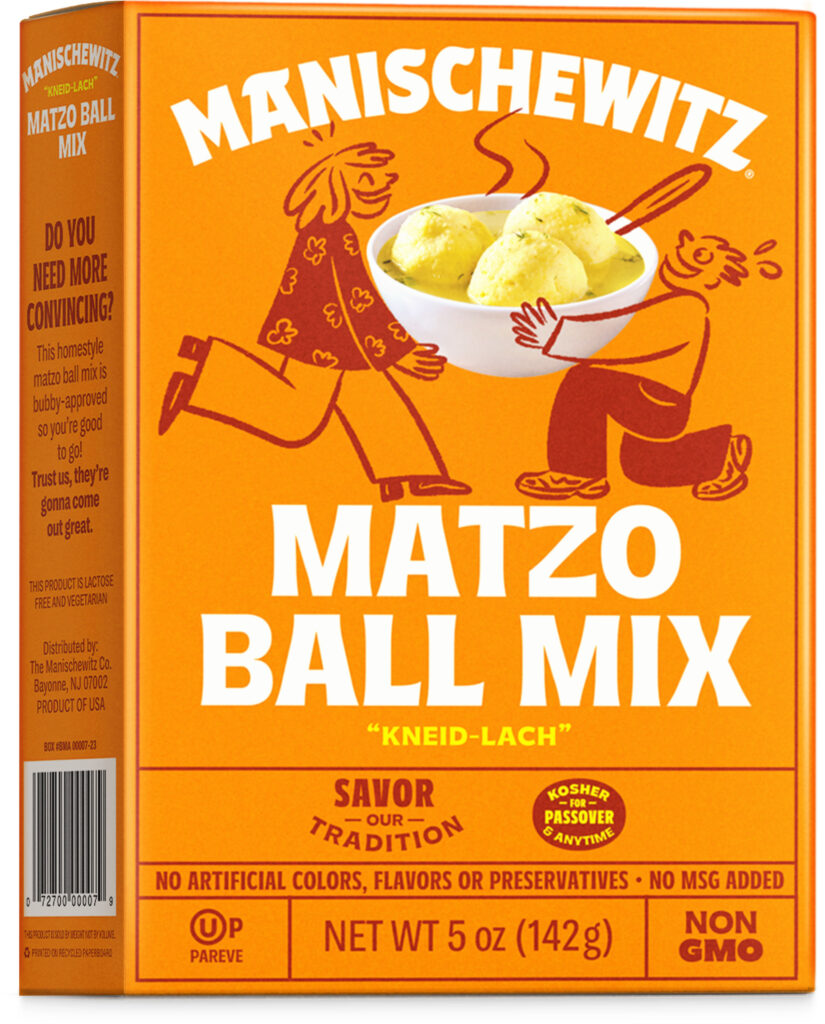
She says that people consume foods differently than they used to. “We’ve come a long way, and now consumers are behaving differently and eating differently,” Seidman explains. “We see that shift, and we’re going with it.”
Rabbi Dov Behr Manischewitz founded the B. Manischewitz Company, LLC, in Cincinnati, Ohio, using a machine of his own design to cut and bake matzah for the masses. The growing Jewish population in the United States at the time meant that there was also a growing demand for matzah.
Manischewitz was born and raised in Salant, Lithuania, and trained as a shochet (a ritual slaughterer for kosher food) before emigrating to the United States, where he took on the name Manischewitz, using a dead man’s identication documents. He worked as a shochet in Cincinnati before beginning his business making matzah.
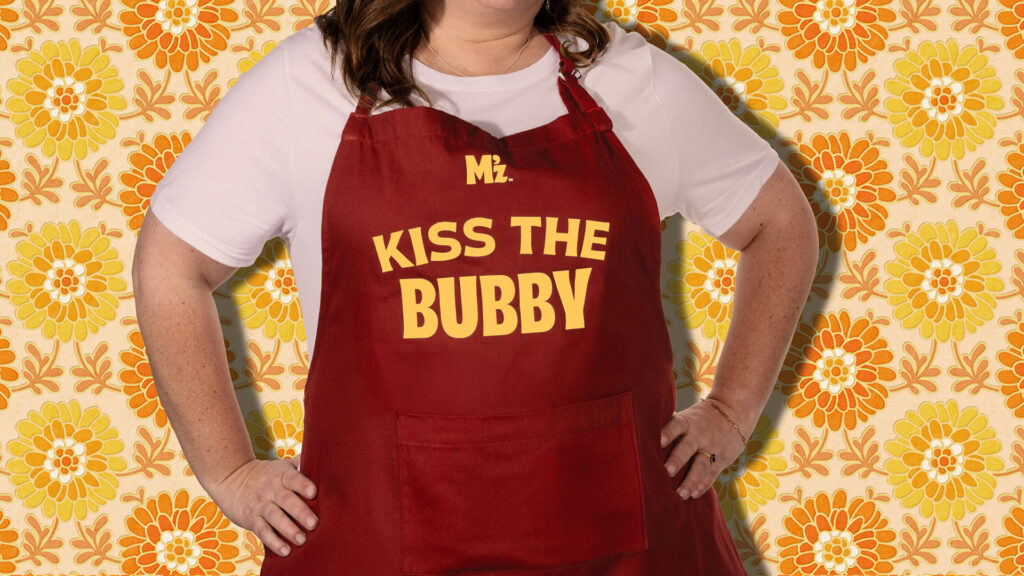

And although it was an innovative way to produce the Passover staple, there was some doubt among rabbis that Manischewitz was adhering to halakha by producing matzah by machine, not by hand. At the time, most matzah was baked by synagogues with the help of special ovens and a rolling machine.
So what exactly are these rabbinic rules? And what’s the difference between matzah that’s Kosher for Passover and regular matzah? In order to be certified as Kosher for Passover, matzah must be made in under 18 minutes, starting when the mixing begins and ending when the matzah exits the oven. This is to prevent the possibility of fermentation, which would cause leavening to occur.
Manischewitz was able to ensure adherence to the stricter Kosher for Passover guidelines and grow the business, expanding to more factories in the Cincinnati area. And in addition to revolutionizing how matzah was able to be produced, they also revolutionized something else – the shape. Matzah was often round, oval or irregularly shaped in the past, but the matzah produced by Manischewitz was square.

Over the years, the company has made even more modifications, including changes in ownership and an expansion of its offerings to include foods like gefilte fish, noodles, boxed cake mixes and frozen foods.
“You know when you smell your grandmother’s chicken soup and you see the food – that’s really what we want out of the brand, and I believe we were successful, and I’m excited for people to see it,” Seidman shares.
Among the new items are gluten-free and Kosher for Passover knishes, frozen gluten-free matzah balls and grape seed oil. And of course, a new look for the company’s classic line of products, from soup nuts to macaroons and everything in between.
The fresh illustrations and an inviting color palette of oranges and yellows expand beyond the product packaging and into new merchandise with cheeky “Yiddishisms,” in-store displays, plus the company’s online presence and social media. And in a world that’s primarily digital first, Manischewitz is also welcoming even more people to the table with billboards and public transit ads.
“You can consume a lot of things digitally, but you can’t consume food digitally. You walk by a billboard and there’s an impact – you’re existing in the real world where people are,” Seidman says. “And for train stations, there’s an energy there. There’s something about how it’s old school in a way that the brand is also.”
One of the goals of the makeover is to not only make the brand more accessible and attractive to a younger generation of Jewish people (whether or not they keep kosher), but also to those who are interested in the world of Jewish cuisine.
“This is kind of making the kosher aisle a destination for those who are not necessarily kosher keepers, but for people who are culturally curious. We want to be the gateway to Jewish culture through our food. It’s really Jewish food for everyone,” Seidman says.
She adds, “So the idea is to cross over not just to our loyal consumers – it’s to really be attractive and target a much younger audience but also a wider audience that may not have necessarily grown up kosher but knows about Jewish cuisine and is interested in trying it.”
Looking past Passover and the launch, Seidman teased that this is the first of many announcements to come from the brand in 2024: “This launch is not just about the rebrand. You’ll see throughout the year we have new things that will come out, and we’re really looking forward to it.”
Seidman adds, “We’ll welcome anyone to the table – it’s Jewish food for all. I’m excited to really see the reaction in our existing consumer base and our future consumer base.”
Manischewitz invites all food lovers to “Savor Our Tradition” with its newly packaged lineup, on shelves now.

